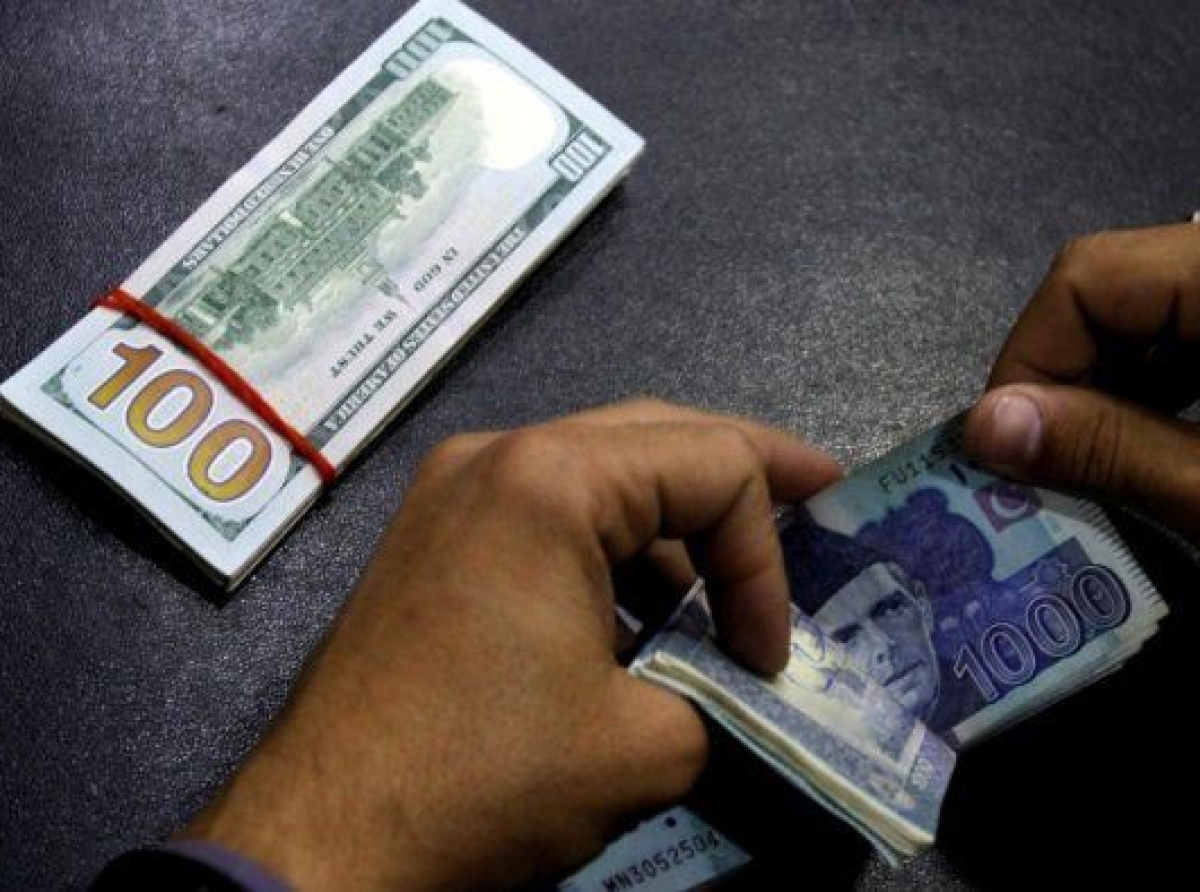14 February 2023, Mumbai
The history of spinning and weaving in Pakistan comes from the Harappa culture, which was there four thousand years ago. Since then, Pakistan has continued this long-standing custom and grown to rank as Asia's eighth-largest exporter of textile goods.
The nation has the highest spinning capacity in Asia and is the third-largest cotton producer after China and India. Pakistan has 442 spinning mills, 1260 ginning facilities, 2550 garment manufacturing businesses, and 600 knitwear manufacturing businesses.
Scope
To be sold to nations including the United States, Hong Kong, United Kingdom, Germany, Italy, France, Netherlands, Dubai, and Afghanistan, textile items like carpets, rugs, towels, tents, home textiles, hosiery, and garments are created in this region. The textile industry firmly supports Pakistan's economy. Nearly 50% of all overseas exports are made up of textile goods and clothing, which also provide 8.5% of the nation's GDP and employ 38% of the labor force in manufacturing.
The way things are
Regarding acquiring and utilizing raw materials, Pakistan's spinning industry operates in a competitive yet unrestricted environment. The lack of crops has hampered Pakistan's sourcing of foreign cotton since it started a decade ago. The country imports over 3 million bales from outside while producing close to 11.5 million locally.
Role of FTAs & GSP
Pakistan benefits from a free trade agreement with the EU. Pakistan's textile sector has helped to foster positive relations with the EU. Pakistan is no longer subject to import duties from the European Union, and a bill passed in December 2013 gave it a Generalized Scheme of Preferences status (GSP Plus).
The agreement and task distribution started in January 2014 and will last through 2017. The European Union will profit from importing inexpensive textile items from Pakistan. Still, the latter will aim to gain an edge by fostering employment growth and economic development in the industry. In the first year of the agreement, it is predicted that the GSP Plus will raise exports of textiles and clothing alone by $650 million.
Policy interventions
The Pakistani government has also improved the 2014–2015 textile policy to encourage and advance the industry. The modifications emphasized having the proper infrastructure, making the right investments, having suitable training facilities, and having the proper research facilities for the textile sector.
To increase the production capacity of clothing in Karachi, Islamabad, and Faisalabad, it will also focus on regional commerce. However, the nation's administration has failed to address the energy situation.
The government promised to develop gas and continuous electrical facilities to increase power availability but has yet to do so. This has had a significant impact on Pakistan's textile sector. Manufacturers were forced to switch to alternate electrical generation techniques, including generators and inverters, increasing manufacturing prices.
Electricity shortages lead to higher costs and worse profitability for the nation's textile exporters. Numerous factories closed down due to a lack of power supply, leaving thousands of people without jobs.
Prevailing scenario
The expiration of a European preferential trade deal has already impacted the sector. It was severely affected by the global financial crisis the previous year, and top executives of apparel firms anticipate that it may be further affected if the rupee keeps strengthening. 5.4 percent of the island's gross domestic product was generated by textiles and apparel in 2008 as opposed to 6.5 percent in 2007, according to figures provided by the Mauritius Chamber of Commerce and Industry.
The industry creates 11% of the employment in Mauritius and receives the bulk of the $340 million stimulus package announced in December. It also adds Rs 28 billion to export revenues.
Pakistan Hosiery Manufacturers & Exporters Association's Central Chairman of the Council of All Pakistan Textile Associations, Jawed Bilwani, Zonal Chairman of the All Pakistan Textile Processing Mills Association, Zubair Motiwala Chairman of the Pakistan Knitwear & Sweater Exporters Association, Arif Lakhani Former Pakistan Cotton Fashion Apparel Manufacturers & Exporters Association Chairman Rafiq Godil Chairman of the Towel Manufacturers Association Khawaja Usman (TMA) According to media reports, Farrukh Maqbool, Shaikh Muhammad Shafiq, the former chairman of the Pakistan Readymade Garments Manufacturers & Exporters Association, and Abdus Samad, the chairman of the Pakistan Cloth Merchants Association, recently issued a joint statement in this regard.
Challenges galore
According to the heads of the trade associations, cotton yarn is sold at an international rate. Therefore, depreciation raises the price of cotton and yarn in Rupees. They also note that cotton yarn is more affordable in Bangladesh than in Pakistan due to reduced utility costs.
Nation's currency crash 2023; According to one last week of January 2023 media reports, "cash-strapped Pakistan which is facing an economic crisis of sorts in a dire straight of cash-strapped state presently has its currency plummeting to historic low value against the US dollar in the interbank and open market.
Jawed Bilwani, Central Chairman of Pakistan Hosiery Manufacturers & Exporters Association (PHMA)alluded in one of the media interactions that, " The Pakistan rupee has fallen precipitously in recent months leading to inflating the cost of doing business and has a disastrous impact on the economic prospects of Pakistan textiles as make no mistakes cotton yarn is available at an international price only as any given devaluation will only hike cotton and yarn price in Pakistan rupees as an after effect.
Additionally, the stronger greenback/USD poses mounting price pressure on other facets of the business too making importing machinery much more expensive hurting business interest, particularly in cases where machinery demand had been placed previously.
Latest Publications


































